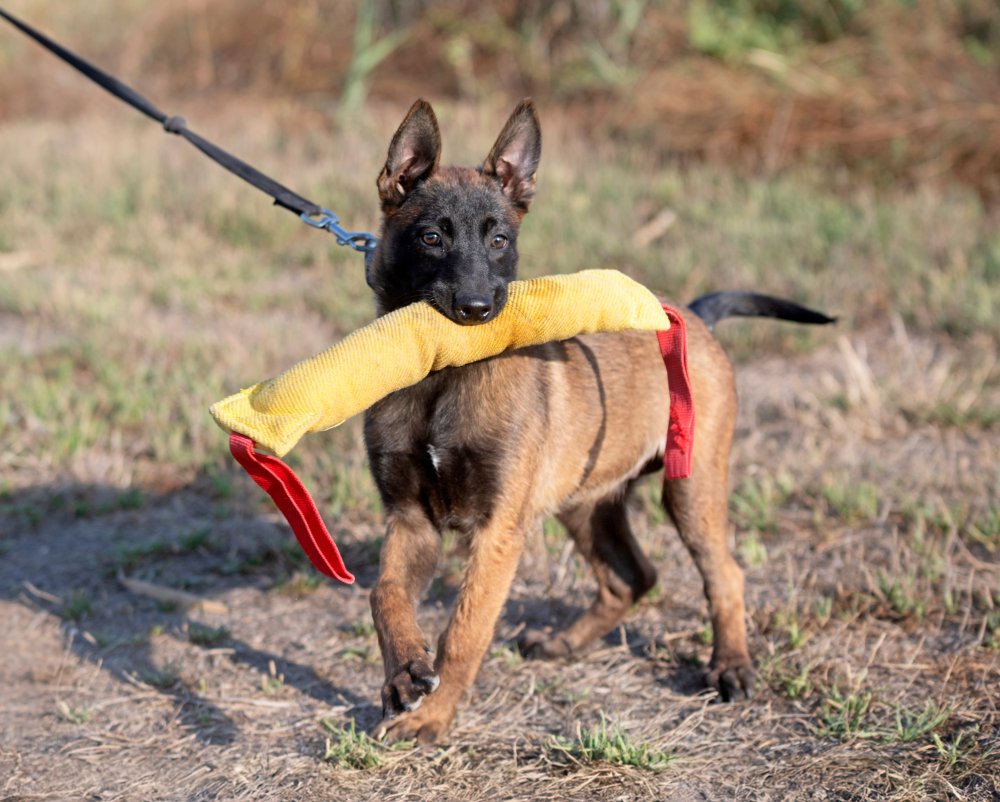Training a puppy is a lot like teaching a toddler—gentle guidance, patience, and the right tools make all the difference. While it might be tempting to jump into advanced techniques, young puppies require a softer approach that supports their physical and emotional development. If you’re wondering what counts as safe puppy training tools, you’re not alone. With so many gadgets on the market, it’s important to know which tools are not only effective but also puppy-appropriate.
Let’s walk through the essential training tools that keep your pup safe, engaged, and learning the right way from the start.
Flat Collar or Harness
A soft, well-fitted flat collar is one of the first tools you’ll use. It’s helpful for identification tags and early leash training, though many trainers recommend a front-clip harness for walks. A harness offers better control and reduces pressure on a puppy’s delicate neck. Either way, you want a snug (but not tight) fit—two fingers should fit between the collar/harness and your puppy’s body.
Lightweight Leash
Start with a 4- to 6-foot lightweight nylon leash. It’s long enough to give your puppy room to explore but short enough to maintain control during early training. Avoid retractable leashes during training—they teach pulling and don’t allow for consistent feedback.
Long Line for Recall Practice
Once your pup is responding well to their name and basic commands, a 15- to 30-foot long line is great for working on recall in open spaces. It gives you safety and control while allowing your dog to learn with freedom.
High-Value Treats and Treat Pouch
Treats are a must-have during early training, especially for shaping behaviors like sit, come, and stay. Choose soft, smelly treats that are easy to chew and break into tiny pieces. A waist-worn treat pouch helps you deliver rewards quickly without fumbling in your pockets.
Crate or Playpen
A crate isn’t just a house-training tool—it’s a safe space where your puppy can rest and learn independence. Use it for short, positive experiences with plenty of praise and rewards. If you’re not quite ready for crate training, a puppy playpen is a great alternative for managing their space while you supervise.
Chew Toys and Puzzle Feeders
Mental enrichment is as important as physical training. Chew toys like Kongs, Nylabones, or rubber toys soothe teething pain and keep your pup occupied. Puzzle feeders and treat-dispensing toys engage their brain, reduce boredom, and reinforce calm behavior during downtime.
Clicker or Marker Word
Clicker training is a popular form of positive reinforcement. It uses a small hand-held device that makes a distinct clicking sound when your puppy performs the desired behavior. If you prefer not to use a clicker, a consistent marker word like “Yes!” can achieve the same effect.
E-Collars (Used Thoughtfully and Professionally)
While not typically used with very young puppies, low-level e-collar conditioning can be introduced later with proper guidance. At Innovative K9 Academy, we only introduce e-collars under the supervision of experienced trainers, ensuring that your dog’s safety, confidence, and emotional well-being come first. When used correctly, modern e-collars are humane, subtle, and incredibly effective tools—especially as your pup graduates to advanced training.
How to Know If a Tool Is Safe for Your Puppy
The safest tools are ones that match your puppy’s age, temperament, and training goals. A good rule of thumb: if it causes pain, fear, or confusion, it’s not appropriate for a puppy. Tools should guide behavior—not punish it.
If you’re unsure, working with a professional who understands safe puppy training tools and their proper use can give you confidence and clarity.
Conclusion
The early months of training set the tone for a lifetime of good behavior. With the right, safe puppy training tools, you’ll build communication, trust, and structure—all while keeping your dog happy and secure. Whether you’re working on housebreaking, basic manners, or crate training, it’s the tools—and how you use them—that matter most.
For guidance on which training methods and tools are best for your puppy, explore our programs for puppy training in Utah at Innovative K9 Academy. We’ll help you create a calm, confident pup—starting with safe foundations.

